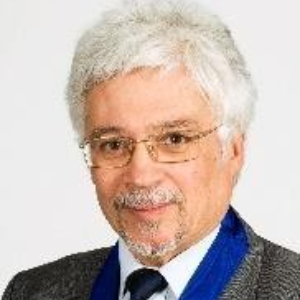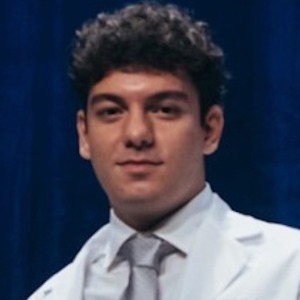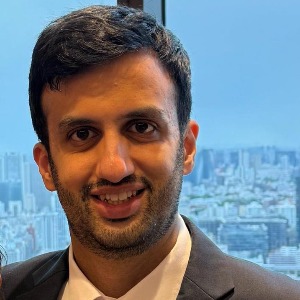Profundus Muscle
There are various muscles in the human body with the term "Profundus" in their names. One notable example is the "flexor digitorum profundus" muscle. The flexor digitorum profundus is a deep muscle in the forearm that plays a crucial role in finger flexion. It originates from the ulna and interosseous membrane and runs down the forearm, attaching to the distal phalanges of the four medial fingers. This muscle is innervated by the median and ulnar nerves. The flexor digitorum profundus is responsible for flexing the distal interphalangeal (DIP) joints of the fingers, allowing for precise and forceful gripping. Its function is vital for activities involving finger strength and dexterity, such as gripping objects, typing, and playing musical instruments. Injuries to the flexor digitorum profundus, while relatively uncommon, can occur due to trauma or overuse. Rehabilitation typically involves a combination of rest, physical therapy, and sometimes surgical intervention, depending on the severity of the injury. Understanding the anatomy and function of muscles like the flexor digitorum profundus is essential for healthcare professionals in managing hand and forearm conditions effectively.

Stephen S Tower
University of Alaska Anchorage, United States
Marcos Brioschi
American Academy of Thermology, United States
Wagih El Masri
Keele University, United Kingdom
Arif Akkok
Lake Erie College of Osteopathic Medicine, United States
Akash Ganguly
Warrington and Halton Hospitals NHS FT, United Kingdom
Sajid Ali
The Dudley Group NHS Foundation Trust, United Kingdom




Title : The UK profemur recall and implant cobaltism
Stephen S Tower, University of Alaska Anchorage, United States
Title : The tomographic phenotype and the genotype of wormain bones
Ali Al Kaissi, National Ilizarov Medical Research Center for Traumatology and Orthopaedics, Russian Federation
Title : New treatment of muscle contracture and joint contracture through muscle regeneration with mitochondrial dynamics
Ki Ji Lee, Busan Medical University, Korea, Republic of
Title : New treatment of sarcopenia through muscle regeneration with mitochondrial dynamics
Ki Ji Lee, Busan Medical University, Korea, Republic of
Title : The prevalence and association of self-reported depression symptoms with musculoskeletal pain and quality of life among pregnant women
Youssef Masharawi, Tel Aviv University, Israel
Title : Bipolar hemiarthroplasty under local anesthesia (2%)
Ketan Karabhai Parmar, Aayush Multispecialty Hospital, India